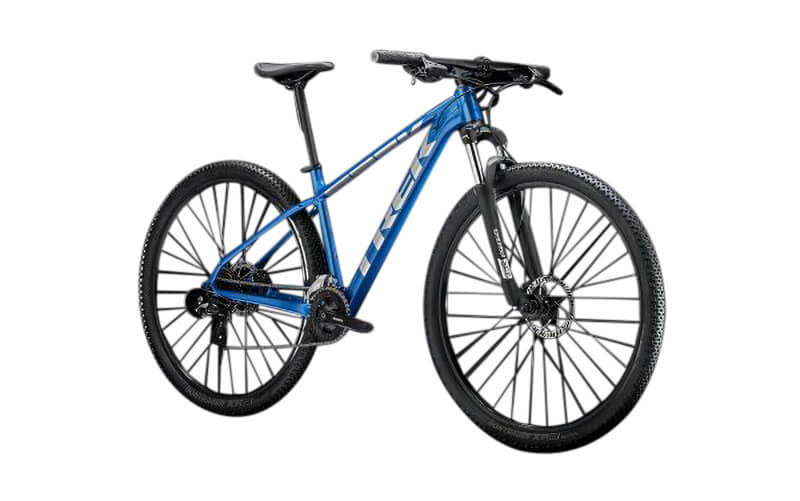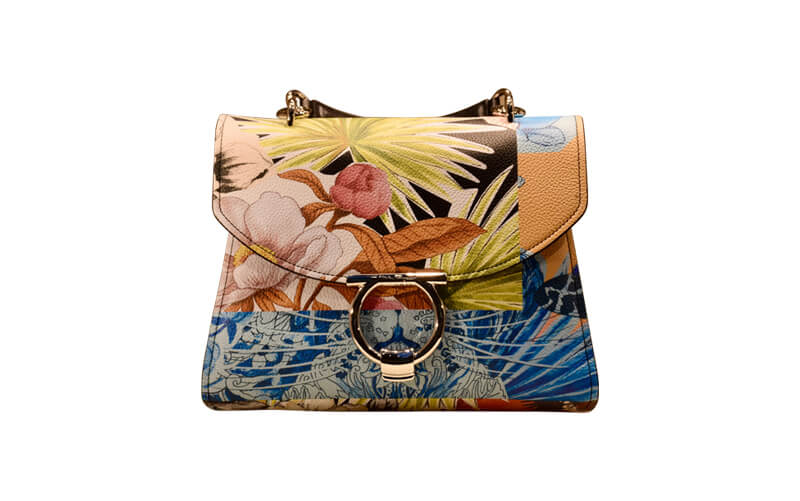For the best wildlife photography, use natural light, get on eye level with subjects, and be patient. Focus on animal behavior and choose the right equipment for the environment you are shooting in.
Capturing unique moments and respecting wildlife are crucial for stunning wildlife photography. Wildlife photography is a thrilling and challenging pursuit that requires skill, patience, and a deep appreciation for nature. Whether you’re a beginner or an experienced photographer, capturing remarkable images of wildlife demands expertise and a keen eye for detail.
From understanding animal behavior to mastering the technical aspects of photography, there are numerous factors to consider. As you embark on this exhilarating journey, implementing the best wildlife photography tips will significantly enhance your ability to capture breathtaking images of nature’s most captivating subjects. So, let’s explore the top tips that will help you elevate your wildlife photography to the next level.
Choosing The Right Gear
Understanding Wildlife Behavior
Research and observe the wildlife to understand their behavior patterns. Knowing animal habits and habitats is essential for successful wildlife photography. Learn about the species you want to photograph in their natural environment to anticipate their movements and capture authentic moments.
Mastering Composition Techniques
When capturing wildlife photography, mastering composition is crucial. The rule of thirds helps create visually appealing images by placing the subject off-center, drawing the viewer’s eye. Additionally, using leading lines can guide the viewer’s gaze and adding depth. To add depth to your photos, incorporate foreground and background elements to create a sense of dimension in the image. This technique helps to immerse the viewer in the photograph, creating a more impactful experience.
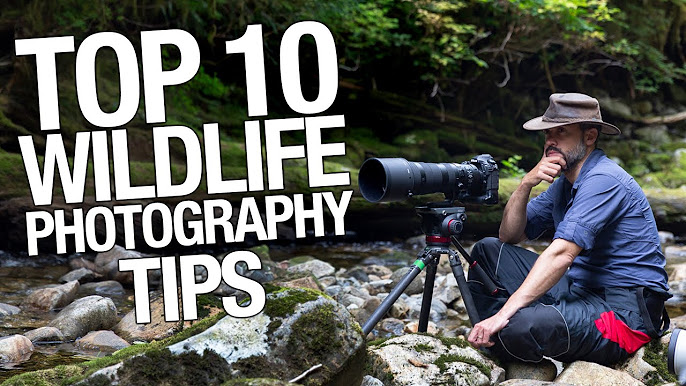
Credit: www.youtube.com
Working With Natural Lighting
Capture stunning wildlife photographs by utilizing natural lighting. These top 10 tips will help you make the most of the available light, showcasing the beauty of your subjects in their natural habitats.
Understanding the Importance of Shadows and Highlights is crucial when working with natural lighting in wildlife photography. Shadows and highlights create depth and add dimension to your photos. During the Golden Hour, which refers to the hour after sunrise or before sunset, the sunlight is softer and warmer, creating beautiful lighting conditions for capturing wildlife. You can take advantage of the low angle of the sun during this time to create stunning backlit images. The long shadows and soft golden light can enhance the texture and detail in your photographs. It’s important to pay attention to the direction of light and how it falls on your subject, as it can greatly affect the overall mood and atmosphere of your images.
Patience And Persistence
Patience and Persistence:
Wildlife photography requires a great deal of patience and persistence. Waiting for the perfect moment is crucial to capture stunning wildlife shots. It may take hours, even days, to get the right shot, but the wait is always worth it. When out in the field, it’s important to be prepared for unexpected encounters. Wildlife is unpredictable, and being prepared allows you to capture those magical moments.
Being Prepared for Unexpected Encounters:
Always have your camera ready and set at the appropriate settings. Anticipate the animal’s behavior, and be ready to shoot at a moment’s notice. Researching your subject and its habitat beforehand can also help you anticipate their movements. Consider using a telephoto lens to get close-up shots without disturbing the animals. Remember to always respect wildlife and keep a safe distance. Understanding the behavior of the animals you photograph will enhance your ability to capture awe-inspiring shots.
Overall, wildlife photography is a fascinating and rewarding field. With patience, persistence, and preparedness for unexpected encounters, you can capture breathtaking moments of wildlife in their natural habitat.
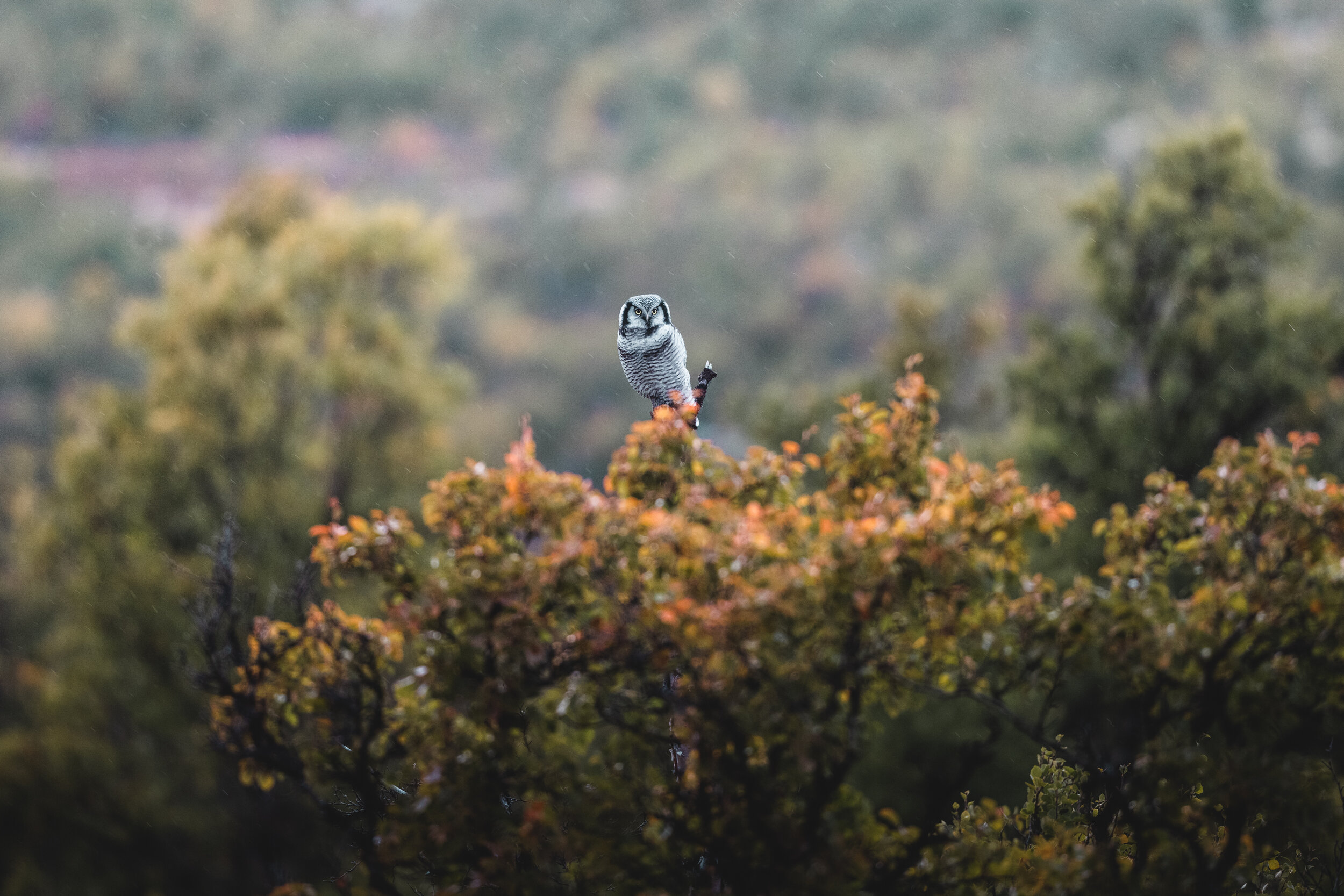
Credit: linakayser.com
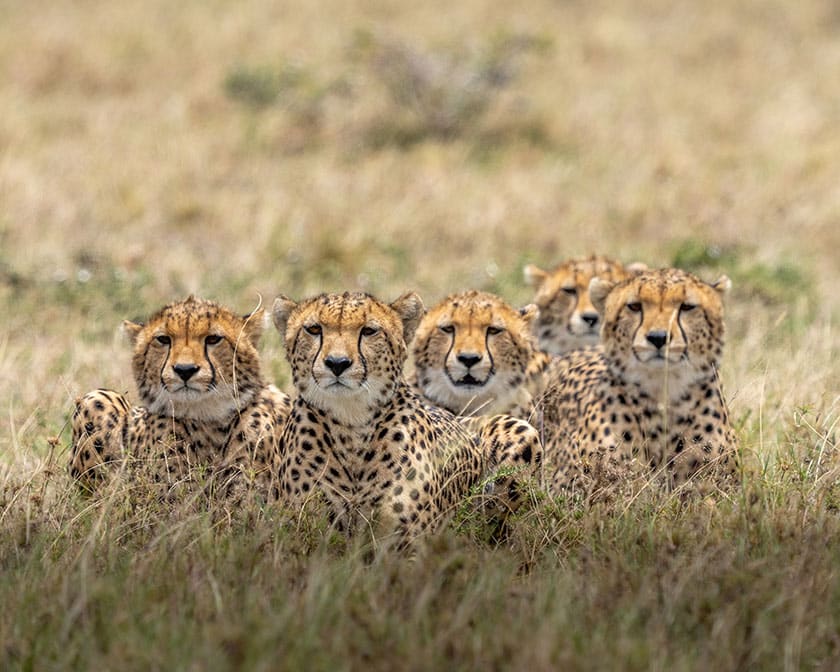
Credit: zenfolio.com
Frequently Asked Questions Of 10 Best Wildlife Photography Tips
Q: How To Capture Wildlife Photographs In Low Light Conditions?
A: To capture wildlife photographs in low light conditions, use a fast lens with a wide aperture and increase your ISO settings. Consider using a tripod and take advantage of natural light sources like the early morning or late afternoon golden hour.
Q: What Are The Essential Camera Settings For Wildlife Photography?
A: For wildlife photography, use a fast shutter speed to freeze motion, an aperture to control depth of field, and a high ISO for low-light situations. Shoot in RAW format to retain maximum details and focus on using the appropriate autofocus mode for your subject.
Q: How Can I Get Closer To Wildlife For Better Photographs?
A: To get closer to wildlife for better photographs, practice patience and move slowly to avoid alarming the animals. Utilize natural camouflage or discreet hides, and take advantage of zoom lenses or telephoto lens attachments to capture clear and intimate shots from a comfortable distance.
Q: What Are Some Composition Tips For Wildlife Photography?
A: When composing wildlife photographs, following the rule of thirds can create more visually appealing images. Focus on the animal’s eye, choose interesting perspectives, and utilize leading lines or framing to guide the viewer’s attention. Remember to maintain a safe distance and respect the wildlife’s habitat.
Conclusion
To capture stunning wildlife photographs, it’s crucial to employ effective techniques and have an understanding of your subject. By following the ten tips outlined in this blog post, you’ll be well-equipped to enhance your skills as a wildlife photographer. Remember to apply these tips consistently, practice patience, and always respect the animals and their habitats.
With practice and dedication, you’ll be amazed at the remarkable images you can capture of the incredible creatures that inhabit our world. Happy shooting!

